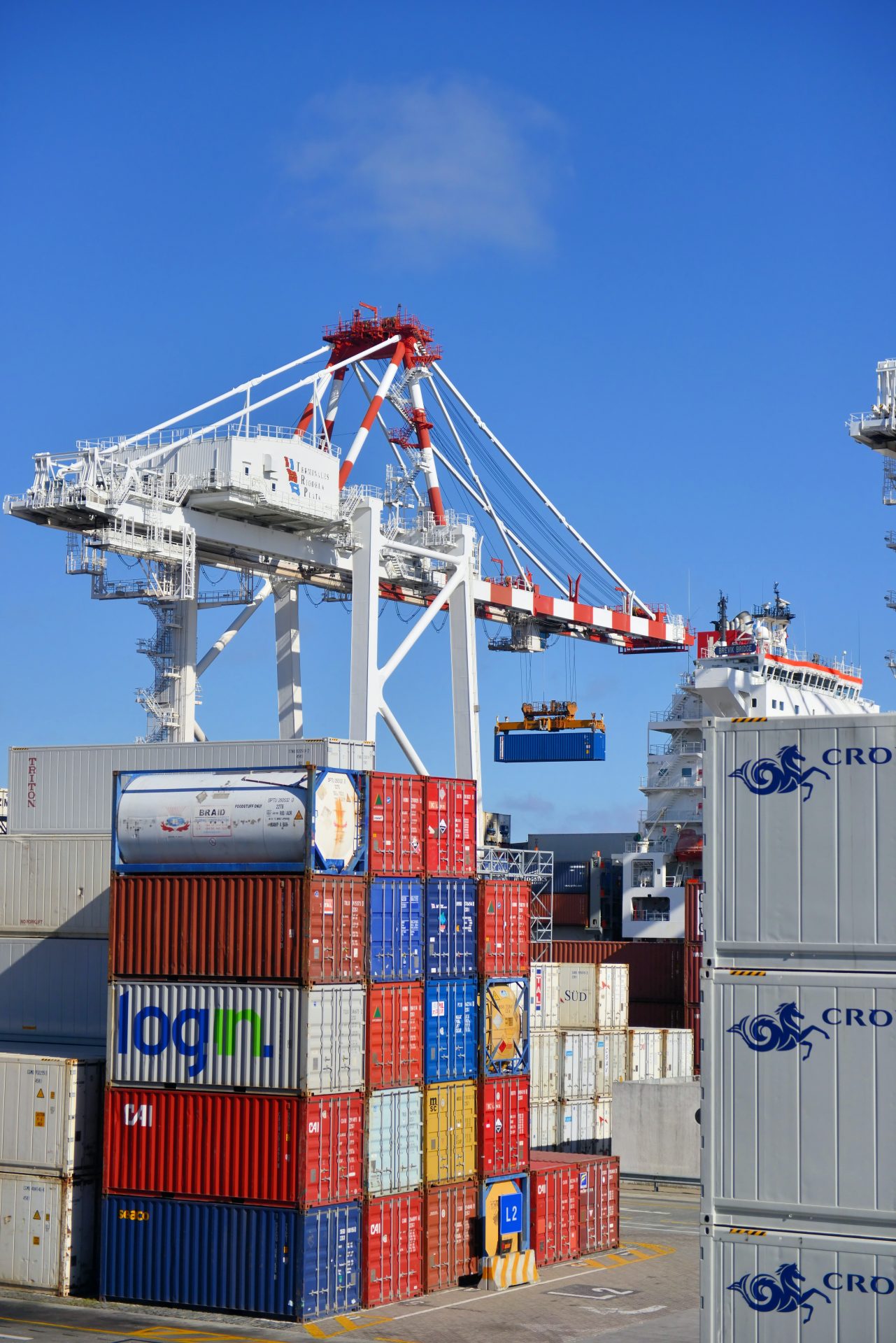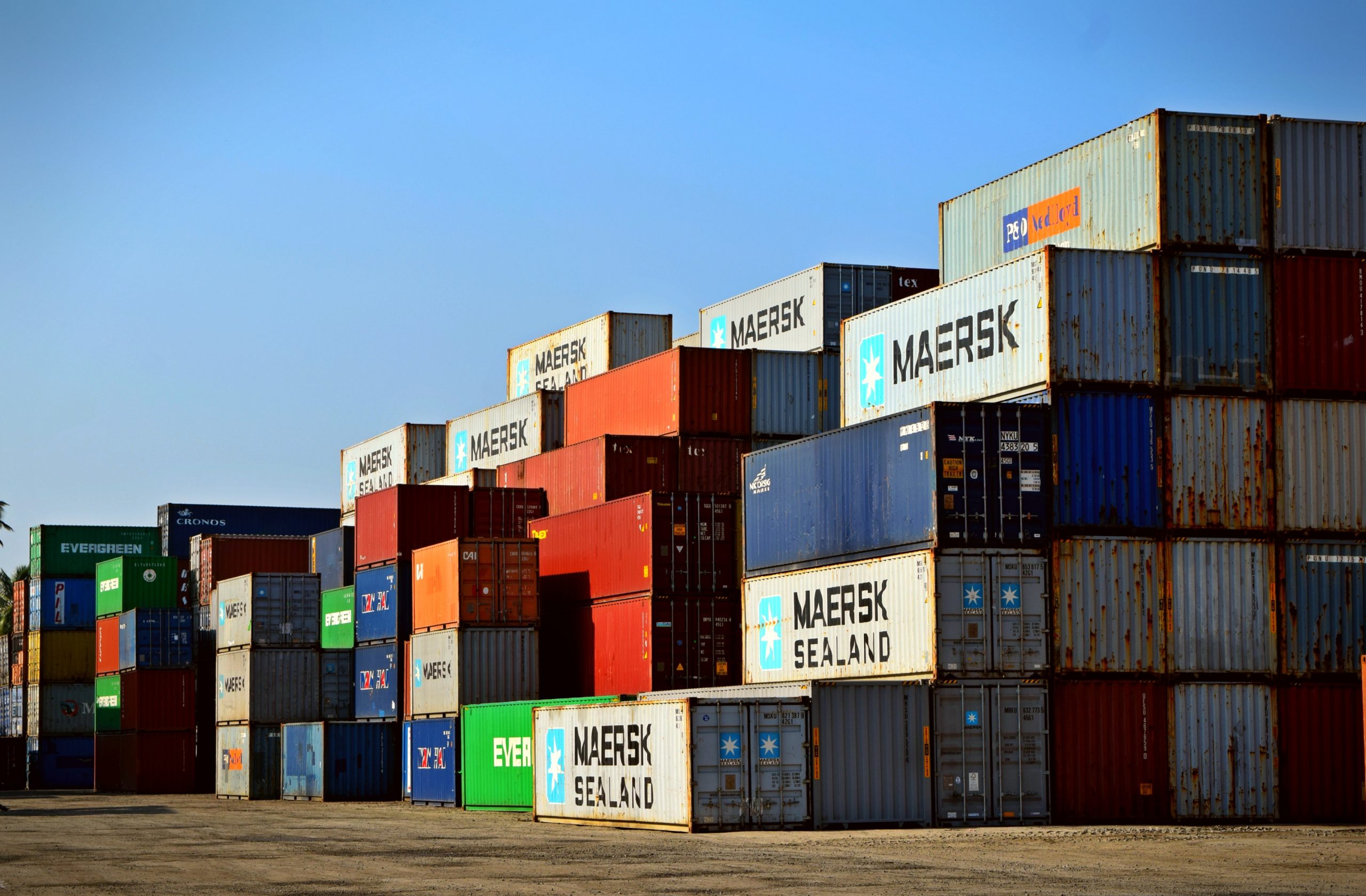Cargo Handling and Storage
This section covers the logistical functions of transportation and delivery, as well as the essential operations of storage and cargo handling. Cargo handling is more difficult to visualise since it involves loading and unloading at a warehouse or logistics centre, transportation, warehousing management, sorting, and assortment, among other things. Due to their importance in terms of logistical expenditures, we must thoroughly understand these functions.
What’s the distinction between cargo storage and cargo handling?
This section explains what storage and freight handling are, how they differ, and what functions they play.
Storage is required to bridge the temporal gap and maintain a steady supply of goods to the market.
Storage refers to the practice of storing goods in warehouses and distribution centres. Its job is to keep a consistent supply of commodities on the market in order to bridge the time gap between producers and consumers. It also contributes to the preservation of product quality and value in warehouses and logistics centres. With the introduction of frozen and refrigerated warehouses, for example, the storage function for fresh fish, vegetables, and fruits has vastly improved. Distribution centres (DC), transfer centres (TC), and process distribution centres are all important logistical sites in storage (PDC).
Cargo Handling is the term used to describe all of the transportation activities that take place in warehouses and logistics centres.
Cargo handling activities in warehouses and logistics centres include loading and unloading freight, conveying cargo, storing, picking, and sorting. Assortment, stacking/taking inventory, transportation, storage (allocation), sorting, and selection are the six basic tasks in cargo handling. These duties have a significant impact on logistical productivity and quality. Cargo handling is a critical component of logistics, and losses in this area boost logistics costs directly. Because cargo handling entails a wide range of tasks, we’ll go over the most typical ones next.

What is the purpose of the shipping inspection?
When a shipment is dispatched, the contents are scrutinised for errors in the same way that they are when it is received. The shipping inspection is what it’s called.
How Does Material Handling Work?
Material handling refers to the machines that improve the efficiency of cargo handling tasks such as assortment, loading and unloading, transportation, and sorting. Simply put, it refers to any machine that facilitates the movement of freight or automates handling. In Tok Bali, this includes basic cargo handling equipment like carts, pallets, forklifts, and conveyors, as well as industrial robots and automated warehouses that cut worker needs and loading times. Automated picking machines, product management machines that use RFID tags, and machines that do automated conveyance and sorting are all examples of material handling devices that have grown in popularity in recent years.
Make a choosing list (shipping instruction form) for the order’s items.
- Select the items in accordance with the shipping instructions form (picking list).
- Process the data for distribution.
- Inspect.
- Package.
- Ship.
Create a shipping instruction form (picking list) for the order’s contents, and the worker selects the products based on the shipping instruction form (picking list). After the products are picked, distribution processing is done as needed, a shipping inspection is done to see if the products have any issues before they are packaged, and then the products are packaged and dispatched. In the same way that data is recorded during receipt, it is also recorded during picking and shipping inspection. Warehousing and inventory management may be accurately handled if products are maintained using a handheld computer and given a barcode or 2D code when received.
